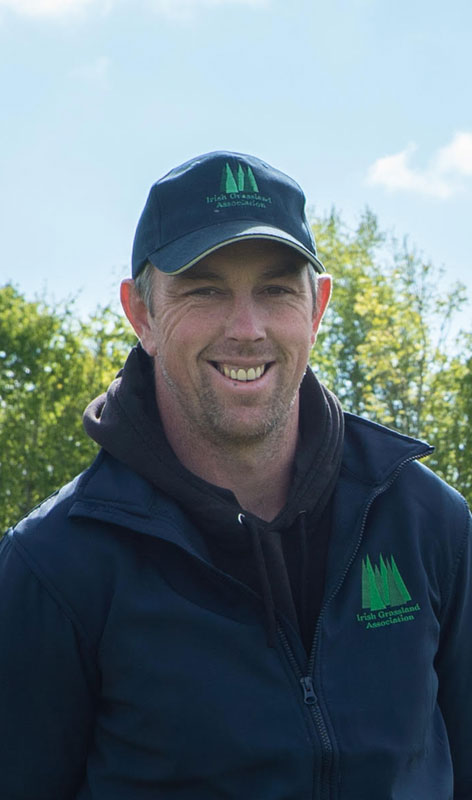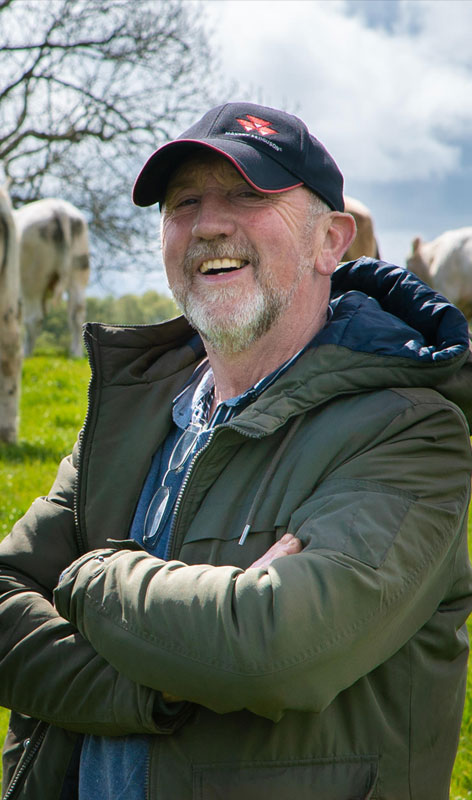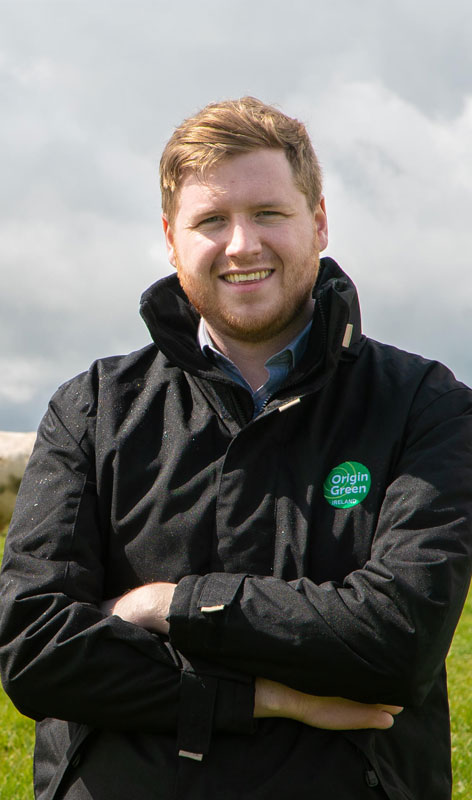2021 - PAST EVENT - BEEF (REVIEW)
With Covid-19 restrictions preventing an on-farm tour again this year, the 2021 Irish Grassland Association Beef Event took an online format on Tuesday, July 6th at 8:00pm.
This year’s event had something for everyone – for both Irish suckler and beef-finishing farmers.
Progressive Irish farmers led the visual video production showcasing and outlining the management practises and tools – and the strategies implemented – to make their systems tick. The last segment examined the development of Bord Bia’s grass-fed standard for Irish beef.
Inside the gates of Ireland’s largest suckler farm
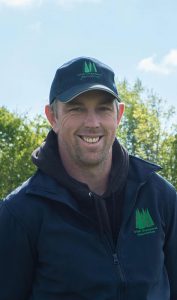
Tateetra and Rathmore Farms
The first farmer interviewed was John Kingham, the manager of one of Ireland’s largest suckler enterprises – namely the Tateetra and Rathmore Farms – based in Co. Louth and Co. Meath. John and his team took the reins of the operation in September 2017 and have grown the herd size close to 500 cows – consisting of Simmental, Limousin, Shorthorn and Belgian Blue genetics.
Beginning his interview, he said: “I love suckler farming; I like coming out in the morning and seeing that quality calf being born. And while dairy farming is going well at the moment – it’s not for everyone, and it wasn’t for me, so that’s why I decided to go with the top end commercial cattle.”
The suckler herd spans across 1,000ac, with calving split between spring and autumn. All cattle are housed over the winter period. Looking around the paddocks on the farm, not one breed dominates in the herd, with a wide range of breeds visible and progeny are produced for several different markets.
“If we went one certain breed, I wouldn’t have something for all of our customers. We have all the different breeds that are in Ireland at the minute. It doesn’t matter who comes to the farm, there’s something for everyone – that’s why we went with the different genetics,” he said.
While some heifers are kept and used as replacements on the farm, the backbone of the enterprise is the sale of these replacement heifers for breeding – with two very successful sales completed to-date. Most of the bull weanlings are sold
direct off-farm for the export market, with a proportion of these destined for southern Europe.
During the breeding season, a large team of sires are introduced by way of AI and using stock bulls. The main breeds used are: Charolais; Limousin; Simmental; Red Angus; and Shorthorn. In addition to this – to produce as many heifers as possible – synchronisation is introduced on several cows and heifers each spring and sexed semen is used on these females.
He said: “All in all, we have about 85% of the herd back in calf. We used AI sire EBY on our replacement heifers this year and achieved at 65% conception rate. A ‘Sympa’ stock bull was used to pick up those that did not hold. These are all scanned back in calf and will be due from the start of October on.
“The heifers have a lovely temperament; they are very quiet – as the man says, ‘you could nearly bring them home with you’,” he joked.
The autumn-calving herd (200) normally commences calving during the last week of September or the first week of October, while the spring-calving herd (300) starts calving in January. Splitting the calving across spring and autumn eases the workload, but also provides buyers with more choice when choosing stock.
Touching on this workload, John said: “The calving season went very well this year; the cows calved down okay. Obviously, there can be some busy days and long nights, but that’s all part of it.
“Like every farm, you have your ups and downs, but we’re down to our last eight now so I’m looking forward to getting them out of the way.”
Prior to John taking over the farm and growing the herd, existing stock could graze in large fields for long periods. This system has since changed and a paddock system was introduced. In the height of the grazing season, large groups graze paddocks for three days before being moved onto the next paddock, with a rotation length of 18-21 days.
“70% of the farm has been reseeded to date and you can see it – reseeding is key. And while it can be costly, it was the ground that kept us going this spring. Since we implemented the paddock system, we can grow more grass and the calves thrive much better.”
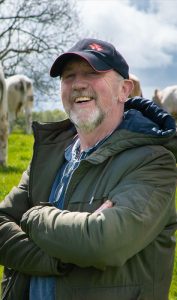
Next, we found out more about the grass-fed standard for Irish beef. Firstly, we heard from beef farmer, Allen Callagy, who spoke about the management of his beef-finishing enterprise and how his slaughtered animals qualify for the standard.
Allen Callagy
Allen farms on the Meath/Kildare border. The farm – which is fragmented and laid out in three blocks up to 4km from the farmyard – is all laid out in permanent pasture. The beef system is based on the purchase of 100 continental weanlings each autumn, with all stock brought through to beef.
“I purchase all my weanling through a local dealer; he has a great eye for cattle and it lets me get on with other things on the farm. When they come in, I like to house them for three days to let them get used to me,” Allen said.
Despite the difficulties of managing grass on a fragmented farm, Allen is determined to maximise live weight gain from grass and grass silage, and minimise the amount of purchased concentrate in the diet of the cattle.
Since joining a grass management course in Kildare, Allen has renewed his focus on grassland management. The Kildare-based farmer has substantially improved the grazing infrastructure on the farm and installed a new water system – with large water troughs and up to thirty additional paddocks.
“I used to have a set-stocking system. But now I have 42 grazing divisions on the farm, which has increased from 13 a few years back; this has really increased the quality of the grass that the cattle are grazing,” he said.
He is already reaping the rewards of good grassland management, with not only more grass grown, but it is of a higher quality resulting in more cattle finished off grass without the need for concentrate input. In addition, grass silage regularly analyses over 73% DMD which is a great achievement from old permanent pasture.
The installation of additional paddocks and the new water system has revolutionised grazing practices on the farm. Allen gets great satisfaction from the fact that he is producing top-quality beef from predominantly home-grown resources – grass and grass silage.
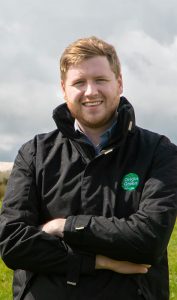
Rory Mannion
The final speaker from Bord Bia, Rory Mannion, dived into the inner workings of the Bord Bia grass-fed beef standard – outlining the potential benefits for Irish beef farmers.
This standard will be implemented at processor level and utilises information provided by farmers in their Sustainable Beef and Lamb Assurance Scheme (SBLAS) audits to determine the grass-fed status of animals.
The audit of standard will ensure processors are engaging with the Bord Bia database and performing checks correctly and – in turn – ensuring correct traceability, segregation and labelling of grass-fed product.
“Our research tells us that customers want grass-fed beef and that they are willing to pay a premium for that beef. Having data to back up this standard is a major strength that we have over our competitors,” Rory said.
 Please wait while we validate your login
Please wait while we validate your login
